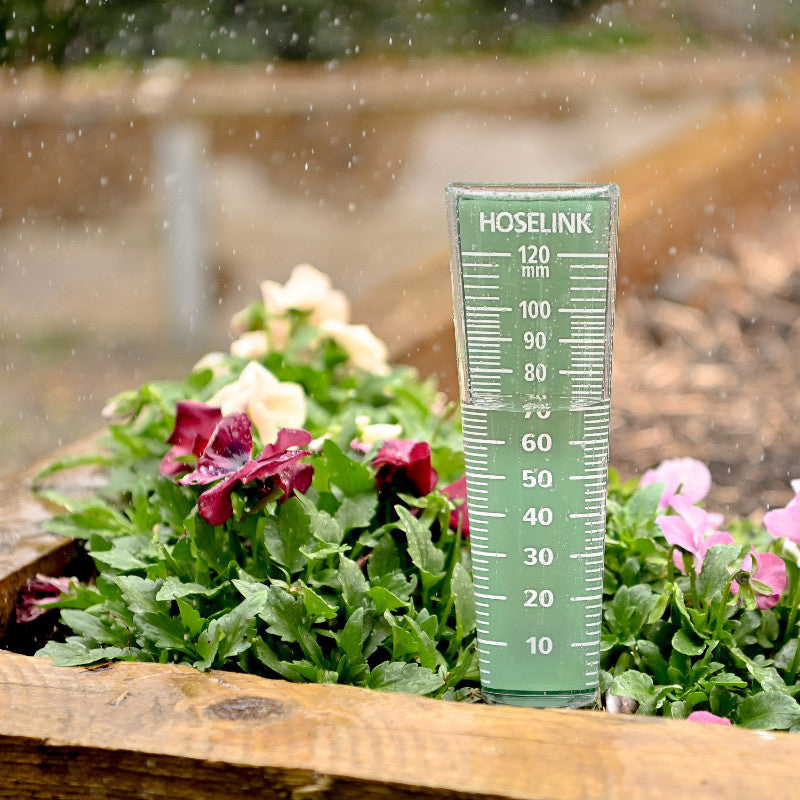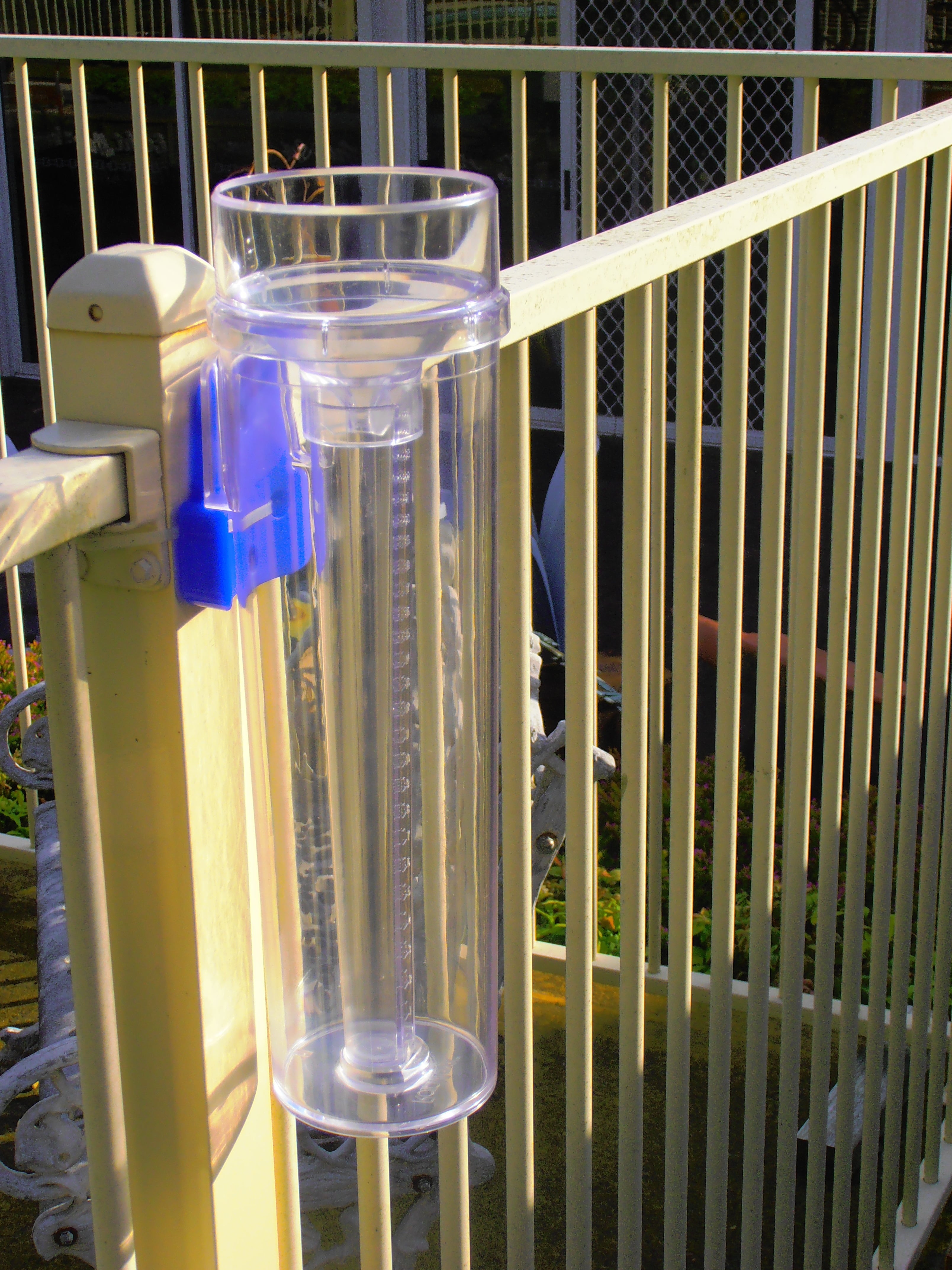Rain Gauge Acquiring Overview: What You Required to Know for Optimum Efficiency
Rain Gauge Acquiring Overview: What You Required to Know for Optimum Efficiency
Blog Article
Checking Out the Development of Rainfall Determines: From Traditional to Smart Instruments for Enhanced Precision in Rainfall Measurement
The measurement of rainfall has been a fundamental element of meteorology for centuries, shaping our understanding of weather condition patterns and climate fads - rain gauge. From the early manual rainfall gauges to the more current intro of clever tools, the evolution of rainfall measurement devices has actually been a trip noted by technology and precision. By mapping the improvements in rainfall gauge innovation from conventional models to the innovative wise gadgets of today, we can get useful insights right into how these growths have changed the method we gather and assess rainfall data
Very Early Guidebook Rainfall Gauges
Throughout antiquity, primary vessels were made use of to determine rainfall by hand, noting the very early origins of rain determines. These very early rain determines were straightforward containers put in open areas to accumulate rain. The collected water was after that manually measured making use of markings on the container to figure out the amount of rains that had taken place within a certain period.
Although these manual rainfall evaluates were reliable in offering a standard understanding of rainfall patterns, they were restricted in accuracy and precision. Variables such as evaporation, wind, and splilling can affect the measurements, bring about prospective errors in the recorded data.

In spite of their limitations, very early hands-on rainfall gauges played a critical role in the advancement of a lot more innovative rainfall dimension tools. The concept of collecting and measuring rainfall laid the foundation for the development of advanced rain assesses that made use of clinical concepts to provide more precise and trustworthy information. This development eventually caused the growth of modern-day rain assesses efficient in catching exact measurements in different environmental conditions.
Growth of Mechanical Rainfall Gauges
The progression from early hand-operated rain assesses to a lot more sophisticated mechanical rain dimension tools marked a considerable leap in the advancement of rainfall gauge modern technology. Mechanical rainfall evaluates, also referred to as tipping bucket rainfall gauges, operate a straightforward yet efficient principle. These tools are composed of a channel that accumulates rainwater and networks it right into a small seesaw-like system - rain gauge. As the rainwater loads one side of the device, it tips, causing the water to be cleared out, and at the same time tape-recording the quantity of rainfall. This design enables automated measurements, making it extra precise and efficient contrasted to manual approaches.
Mechanical rain determines are normally made of resilient products like stainless steel or plastic, making certain longevity and dependability also in harsh weather condition conditions. With developments in modern technology, contemporary mechanical rainfall determines can also be furnished with digital sensing units to transfer real-time data wirelessly to information collection systems. This mix of mechanical robustness and electronic connectivity has made mechanical rainfall gauges a prominent selection for atmospheric stations, research establishments, and farming applications where precise rains dimensions are critical for decision-making processes.
Intro of Electronic Rain Gauges

Electronic rain assesses deal significant advantages over standard mechanical determines, consisting of greater accuracy, the capacity to measure smaller sized increments of rainfall, and lowered upkeep requirements. By leveraging digital parts like tipping containers or acoustic sensing units, these devices can give address comprehensive details on rainfall strength, duration, and circulation patterns with improved integrity.
Furthermore, the assimilation of electronic rain determines into weather condition monitoring networks allows the collection of huge volumes of data for evaluation and forecasting functions. This information can be made use of to improve predictive versions, boost early warning systems for serious climate occasions, and support climate research study campaigns. Overall, the introduction of digital Continue rainfall determines represents a critical innovation in the field of meteorology, promoting more accurate and detailed rainfall measurement capabilities.
Shift to Wireless Rain Assesses
Progressing past conventional approaches, meteorological instrumentation has progressively shifted towards wireless rain evaluates for enhanced data collection and transmission. These innovative devices utilize wireless technology to transmit real-time rainfall information to central systems, supplying scientists and meteorologists prompt accessibility to trusted and exact info. The shift to wireless rain gauges eliminates the demand for hand-operated information collection, minimizing human error and enhancing performance in keeping track of precipitation patterns.
Wireless rain assesses are geared up with sensors that can identify also the tiniest amount of rains, supplying accurate measurements for far better analysis and forecasting. The smooth combination of these evaluates right into existing weather condition monitoring networks permits thorough data collection throughout different geographical locations, making it possible for a much more comprehensive understanding of rains distribution and strength.
Additionally, the wireless capacity of these rain determines enables remote surveillance in hard-to-reach or dangerous locations, broadening the extent of rainfall dimension in challenging settings. With their ability to simplify data transmission and enhance accuracy, wireless rainfall assesses stand for a significant improvement in atmospheric innovation, improving the accuracy and reliability of rainfall measurement for clinical research study and functional forecasting.
The Era of Smart Rainfall Gauges
Becoming a pivotal improvement in atmospheric instrumentation, smart rain assesses incorporate cutting-edge modern technology for boosted data collection and analysis. These ingenious tools are equipped with sensors that can determine not just the quantity of rains but likewise additional specifications such as strength, period, and also drop size distribution. By leveraging wireless connectivity, wise rainfall determines can transmit real-time data to meteorological terminals, giving instant access to accurate rainfall measurements.
One of the essential functions of read the article clever rainfall determines is their capacity to autonomously readjust for ecological variables that might influence the precision of traditional rainfall determines, such as wind disturbance or dissipation. This self-correction device makes certain that the information accumulated is extra regular and trusted, bring about boosted projecting designs and better-informed decision-making in different industries like agriculture, water resource monitoring, and city preparation. The combination of synthetic knowledge and maker knowing formulas in wise rainfall evaluates allows for innovative data evaluation, pattern recognition, and forecasting abilities, even more boosting their utility in modern weather forecasting.
Conclusion

From the early hands-on rain evaluates to the much more recent introduction of smart tools, the advancement of rainfall dimension devices has been a journey marked by innovation and accuracy.The development from very early hands-on rain determines to a lot more sophisticated mechanical rain measurement tools marked a substantial jump in the development of rain gauge modern technology. Mechanical rainfall assesses, likewise known as tipping bucket rainfall determines, operate on an easy yet effective concept.One of the vital attributes of smart rainfall assesses is their ability to autonomously adjust for ecological elements that may influence the accuracy of traditional rainfall assesses, such as wind disturbance or evaporation.In conclusion, the evolution of rainfall evaluates has actually advanced from early hands-on devices to electronic and mechanical models, eventually leading to the development of cordless and smart rainfall assesses.
Report this page